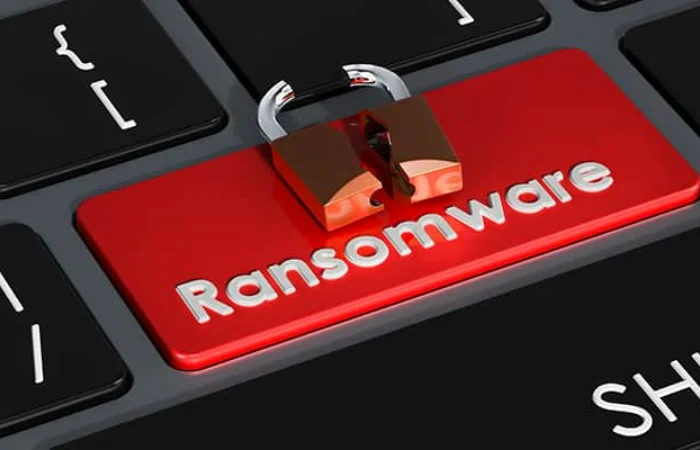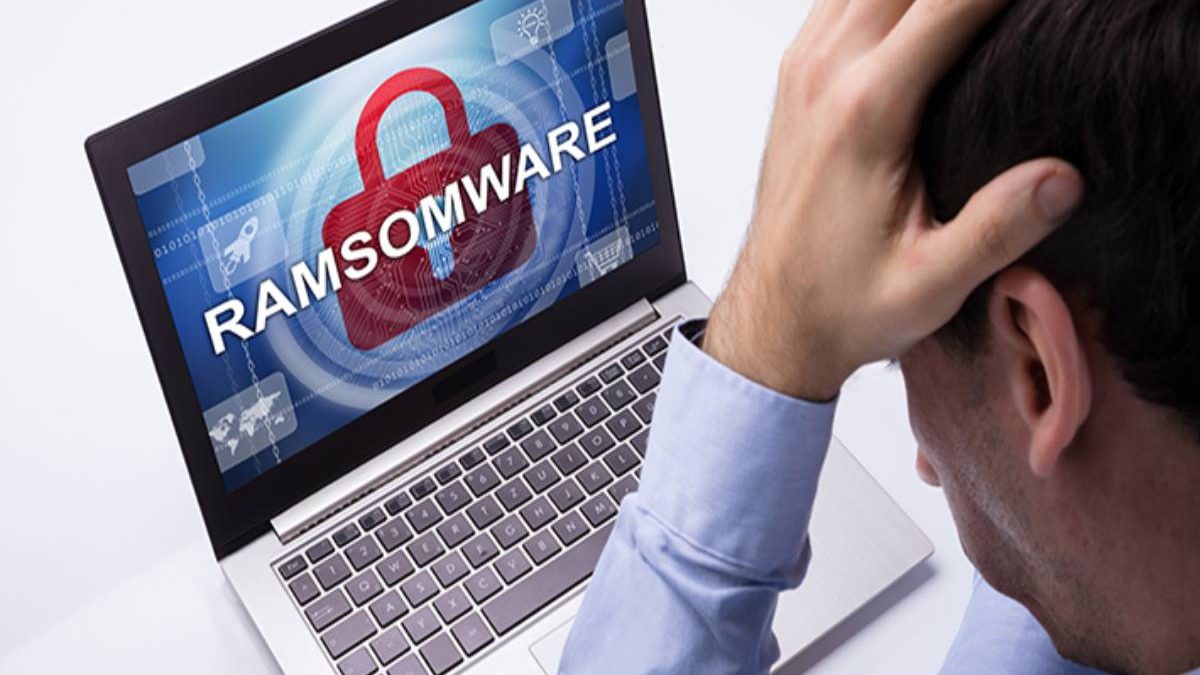Ransomware is a type of malware that hijacks your computer and locks you out of your files until you pay a ransom. While ransomware can be very damaging, there are steps you can take to help protect yourself from it. This post will discuss what ransomware is, how it works, and how you can avoid it. We will also provide tips on how to recover if your computer does get infected with ransomware. So whether you are a business or individual user, read on to find out everything you need to know about avoiding ransomware.
Table of Contents
What is ransomware?
Ransomware on Your PC. Docx is a type of malware that infects your computer, restricting access to it or encrypting its important files. It then demands payment (in the form of money or information) in exchange for unlocking your files. Think of it like this: It takes over your computer and holds it hostage until you do what it tells you to do. Once infiltrated by ransomware, restoring your previous state can be very difficult.

How does Ransomware Work?
Ransomware on Your PC. Docx can be installed just like any other software program on your machine—usually through phishing scams, infected email attachments, unverified downloads, etc. When active, ransomware can take many different forms but typically includes recurring random numbers. So, for example, you may be viewing your files normally one minute, and the next, all of your files have a random set of numbers at the end. Sometimes ransomware also changes file names to include that same string of numbers.
Other times, ransomware can scan your computer for certain file types (i.e., pictures, videos, documents) and encrypt only those files. This means that if you are using appropriate backups or if certain important files are not found on your computer hard drive, the malware did not detect them—so they remain accessible. If this is the case, it’s even more important to take action quickly! Most ransomware threats typically demand payment within 12 days after an initial compromise, and then the price goes up.
It can also disable your anti-virus software. This way, if you try to remove the malware yourself, it is much more difficult and sometimes impossible to do so. Ransomware has been around for decades; however, in recent years its use has skyrocketed thanks to internet connectivity and anonymous payment methods such as bitcoin.
Examples of Ransomware in 2022
CryptoLocker
CryptoLocker was one of the first forms of ransomware, and it has been around since 2013. Victims who get infected with this type of ransomware find their files encrypted; the only way to get them back is to pay for a key to decrypt them. CryptoLocker spreads via email attachments or other executable file types (i.e., .exe, .zip). The malware typically drops an executable file on your computer without you even realizing it. The executable will be either in the form of a trojan dropper or Javascript file that downloads the ransomware onto your machine when opened or executed by your web browser.
NotPetya
Although there is still some confusion surrounding NotPetya, it was first reported in early June 2017. This ransomware takes over whole machines (either Windows PC or Mac), rather than individual files like most ransomware does. Once infiltrated, NotPetya wipes your computer clean of all data and then flashes a message demanding $300 to recover your data. Unfortunately, even if you pay the ransom within the allotted time frame, victims do not get their files back because paying does not unlock them for some reason. It’s also important to note that this type of it can spread via phishing emails or infected attachments more easily than any other type. Many believe that NotPetya was originally created as a cyber weapon rather than ransomware. It has the ability to damage computer networks in addition to encrypting files.
Ryuk
Ryuk ransomware is relatively new. This type of of spreads via email campaigns and, like NotPetya, is capable of encrypting entire systems rather than just files. Also initially, Ryuk’s ransom note required victims to pay $300 worth of bitcoin in order to decrypt the files on their computer. However, after a few days, the price increases to $600 and then goes up even more after another three days (to $1000 and then eventually $2000).
Ransomware Prevention Methods
The best way to protect yourself from most types of is backups. Unfortunately, this isn’t always practical for everyone; however, you should at least be performing regular updates on your computer and keeping your third-party anti-virus software up to date. If you’re not confident performing this on your own, find a local computer shop that offers these services and get their help. You can also buy external hard drives or flash drives that automatically back up your data for you (see figure below).
Another way to protect yourself against it threats is to have good online habits. Do not open suspicious emails from anyone, and make sure all of your important files are back up in case something like ransomware infects your computer. Lastly, make sure the sites you visit every day are legitimate and secure (i.e., https and password protected). The more scammers know about the websites we visit regularly, the easier it is for them to launch an attack.

